Filtering Maple Syrup Tips & Tricks
Maple syruping is a fun activity that dates back for centuries with Native Americans building the first “sugar bushes” and boiling sap on hot stones. Today the Maple Syrup making process has evolved into a wide industry that ranges from large industrial operations to hobbyists making syrup in their own back yards alongside friends and family. Everyone has their own tips and tricks when it comes to filtering syrup so we decided we would share some of ours. This blog post focuses on hobbyists and home manufacturing of maple syrup.
Note: If syrup is to be marketed, grading and labeling standards are required for retail.



Tap trees using traditional spout and bucket method or modern tubing.
Why Filter Maple Syrup?
You don’t have to filter Maple Syrup; however, it is strongly recommended, as it removes impurities and niter, also known as sugar sand, from the syrup. This process will improve the taste, clarity and color of the syrup.
Note: If the syrup is intended for resale, health and safety food regulations must be followed.
When Is It Time to Filter My Syrup?
When the sap reaches 7.5 F above the boiling point of water, it has reached the proper density in which it has become syrup and can then be filtered. The first rule in filtering, is that the syrup must be filtered while hot and through clean filter material such as wool or Orlon. It is best to filter syrup that has just been drawn off from the evaporator or finisher while it’s still hot. The syrup will start to thicken as soon as it cools which will make it next to impossible to filter.



Sap is transported to a sugar house where it gets boiled down until it reaches the density of syrup.
Should I Filter Sap Before It Has Been Boiled?
No, sap must be boiled in order for the natural minerals to harden into niter, also known as sugar sand.
What Types of Filters Should I Use?
If you are making a small batch of syrup, you can use cheesecloth. However, we recommend that you use specially made filters designed for filtering maple syrup.
Note: Your filters will become clogged after filtering 2-3 gallons of syrup, so it is important that you switch out your filters. Do not try and force the syrup through the filters as this will also force the niter through as well.




Pre-filter cones.
Pre-Filters
The design of these filters is to catch the larger impurities and niter which allows the main (thicker) filter not to get clogged as quickly. Our reemay pre-filters are made from food grade polyester fibers - NOT Orlon.
Our reemay pre-filter cones are made of 100% food grade polyester fibers and can hold up to 8 quarts of maple syrup. Pre-filter cones are used in the first stages of filtering to separate the niter. It will also remove any sediment, bugs or twigs. These cone type pre-filters are sewn in the same shape as the main (thicker) cone filters which allows you to use multiple pre-filters inside of the main filter. Sugar makers tend to stack 3-4 pre-filters on top of one another, tucked inside the main cone filter.
Our reemay pre-filter sheets are used when the syrup goes through an additional filtering process before it gets transferred to bottles or jugs.




Pre-filter sheets.
Wool and Synthetic Filters
The Wool and Synthetic filters are the main (thicker) filters used throughout the filtering process, which are designed to catch the smaller impurities and niter found in your syrup.
Wool filters tend to do a better job filtering than the synthetic filters, but it is slower. Our wool cones have been autoclaved; a sterilization method that uses high pressure steam.
Synthetic filters work best when damp and are also recommended to be used with pre-filters. Our synthetic cones are made from food grade polyester fibers - NOT Orlon.
Layering Pre-Filter Cones inside Final Filters
We recommend a two-layer filter system; place the Reemay pre-filter cone within a Wool cone or Synthetic cone. This process will remove extra sugar sand and any other substrate that may have gotten in the syrup - ash from the fire (if boiled over fire pit) or bugs that flew in. Pre-filters will also prevent the main filter from clogging up, saving you time and hassle.
The purpose of the pre-filter is to give an extra layer of filtering material and to keep the largest particles away from the ‘clean’ final filter. This lets the final filter do a better job and reduces the number of cleanings required. The thinner, less expensive and easier to clean pre-filters can be changed easily and more often while the final filter is kept cleaner and can be used over a longer period of time. The bulk of your sugar sand should be caught in the pre-filter.




Wool and Synthetic cones - layering with pre-filters is optional but highly recommended.
Synthetic vs. Wool
The old-time traditional filter was made of wool; many still refer to them as a ‘hat’ because they look like an old wool hat when turned upside down. However, most sugar-makers have switched to easy care synthetic filters, which lack the shrinkage and moth problems associated with wool. In any case, all filters and cones are food grade safe.
Cone vs. Flat
Cone filters are used in tall, covered filter tanks with hooks at the top to hold the filter tabs, while flat filters are used in filter and canning units with flat wire racks, or in homemade colander/sieve operations. The flat filters are only available in synthetic fabrics.



Pour the syrup into sterilized containers and enjoy!
How to Prepare Your Filter
We recommend that you soak the filters in hot water for a few minutes when using for the first time in a season. This ensures that the filters are clean and that they will not contaminate new syrup with old bacteria, especially from storage between seasons. Your filter will also work better if slightly dampened in hot water before use
Cleaning Your Filter
We recommend that you rinse filters by turning them inside out and flushing them with boiling water until the water runs clean. DO NOT use soaps or detergents to clean your filters; this can flavor your syrup. Always handle your filters carefully when cleaning; never twist, wring or stretch your filters, but gently squeeze the water out. We don’t recommend machine washing as it will cause them to become fuzzy and leave fibers in the filtered syrup. Once your filters are clean, they should be laid flat or hung to dry.
Note: The filters should not lose fibers unless they have been brushed, machine washed or machine dried, and the fibers are on the outside surface.
Fun Facts
- It usually takes about 40 years before a Maple tree reaches a tappable size.
- Coming from the tree, maple sap is approximately 98% water and 2% sugar. When the syrup is finished, it is only 33% water and 67% sugar.
- It takes roughly 40 gallons of sap to make 1 gallon of maple syrup.
- About 80% of the world’s supply of maple syrup comes from Canada.
- In Korea, sap is usually preferred to syrup.
- Celebrities including Beyoncé attribute maple syrup to their weight loss and detox regime, which consist of consuming only maple syrup, lemon juice, cayenne pepper and water for 10 days straight.
- Only a few types of maple trees produce sap.
 USA
USA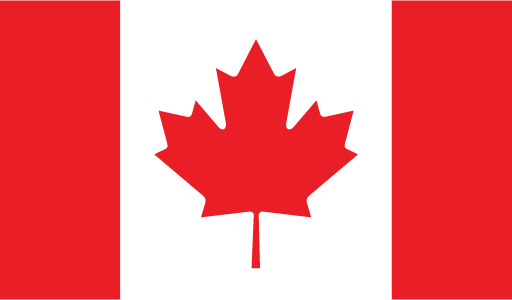 CANADA
CANADA EUROPE
EUROPE
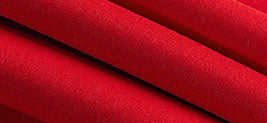
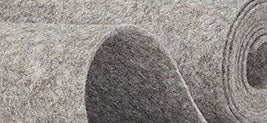

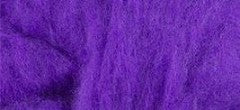
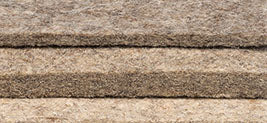
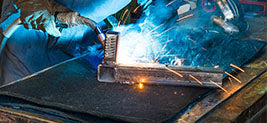
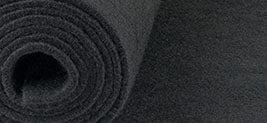
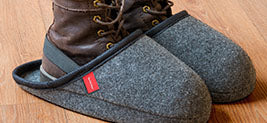
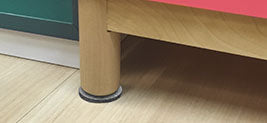
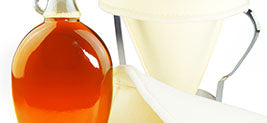
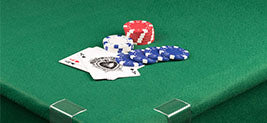
we have a lot of tr0uble filtering . we have wool filters and pre filters the both filters plug so fast we are not sure what doing wrong are sap is 219 degrees when we jar any idea what we are doing wrong
All maple trees produce sap, not only a few types. In fact all trees produce sap, but not all species produce an edible sap. However, birches, alders and walnuts all have a sap that can be boiled into edible syrup. I have made syrup from almost all the different maples including Manitoba Maple or Boxelder, and also from yellow and grey birch.
Leave a comment